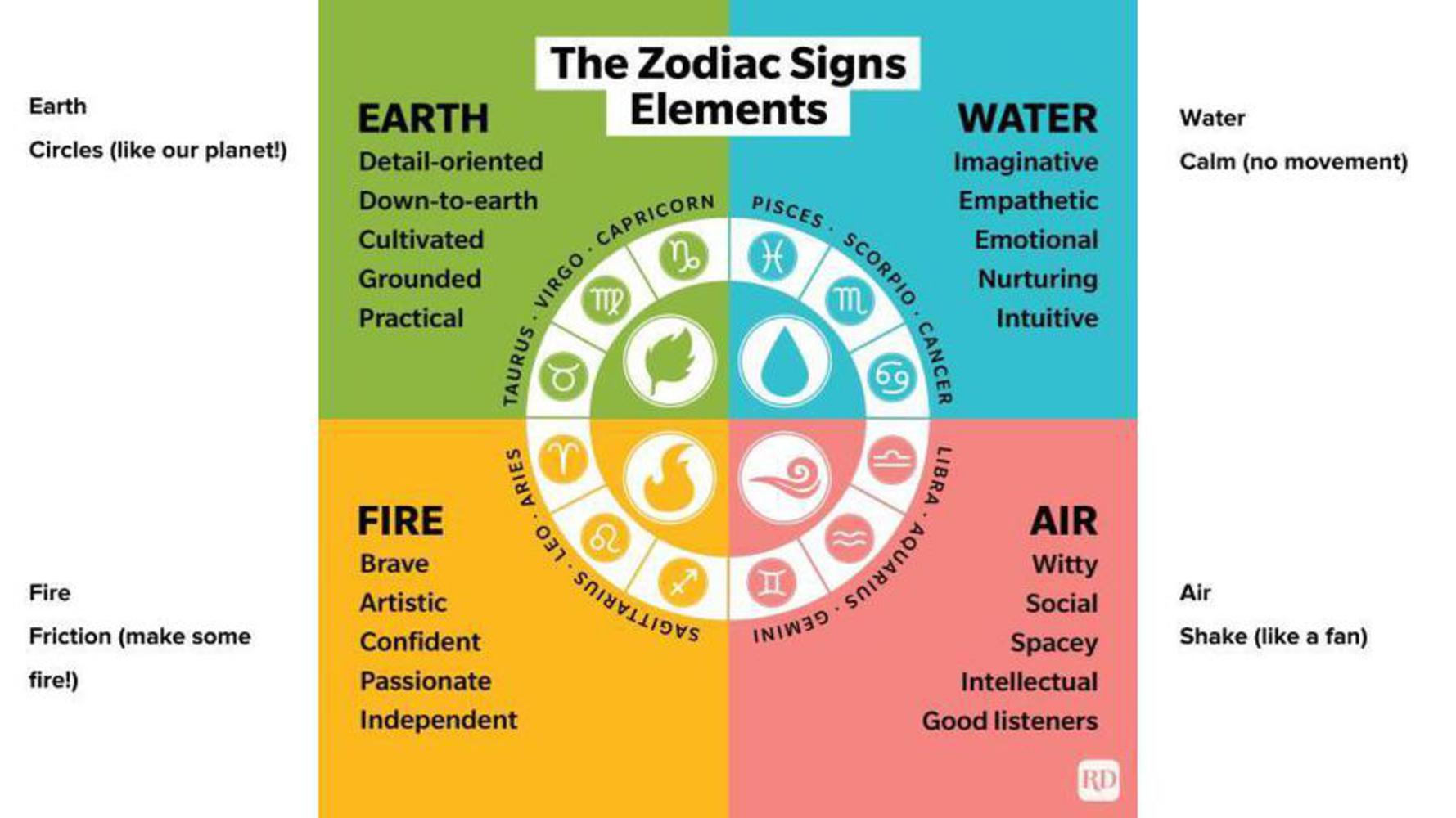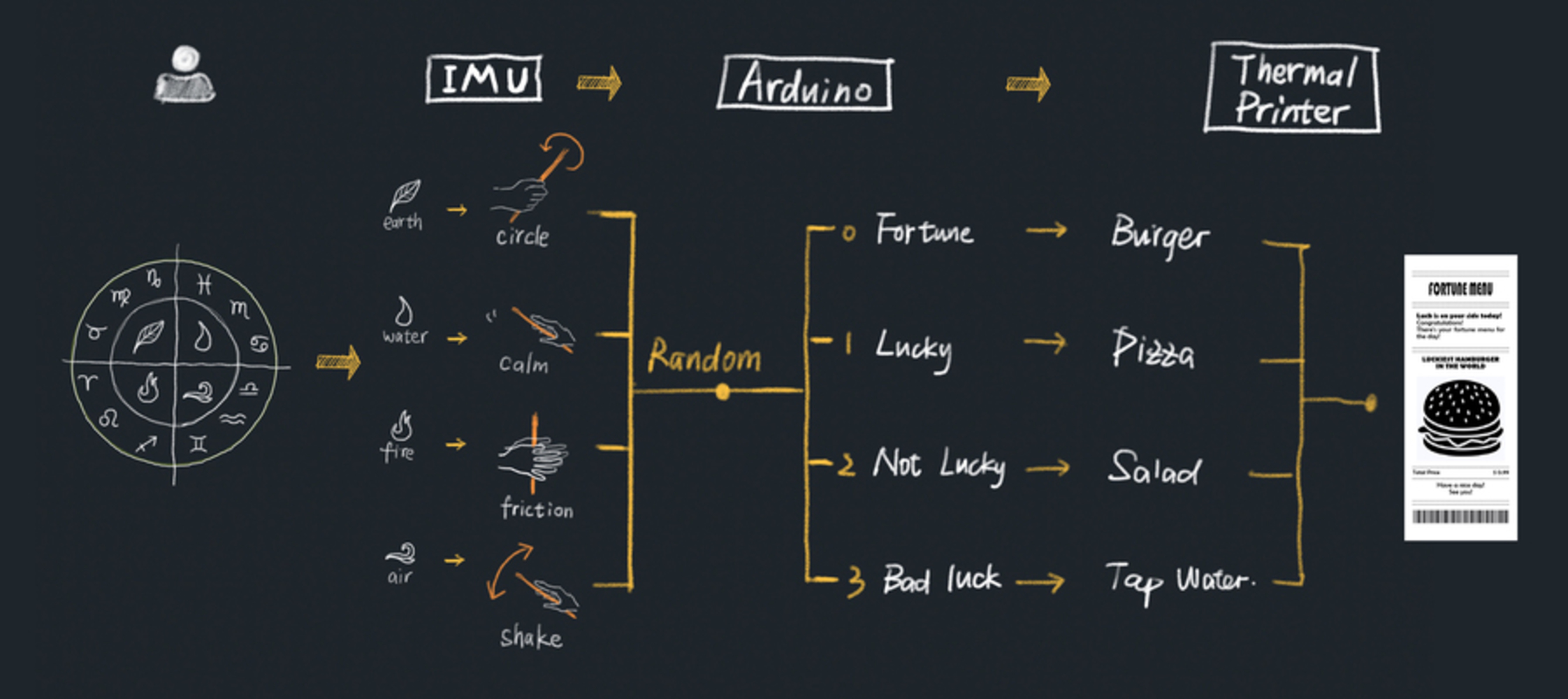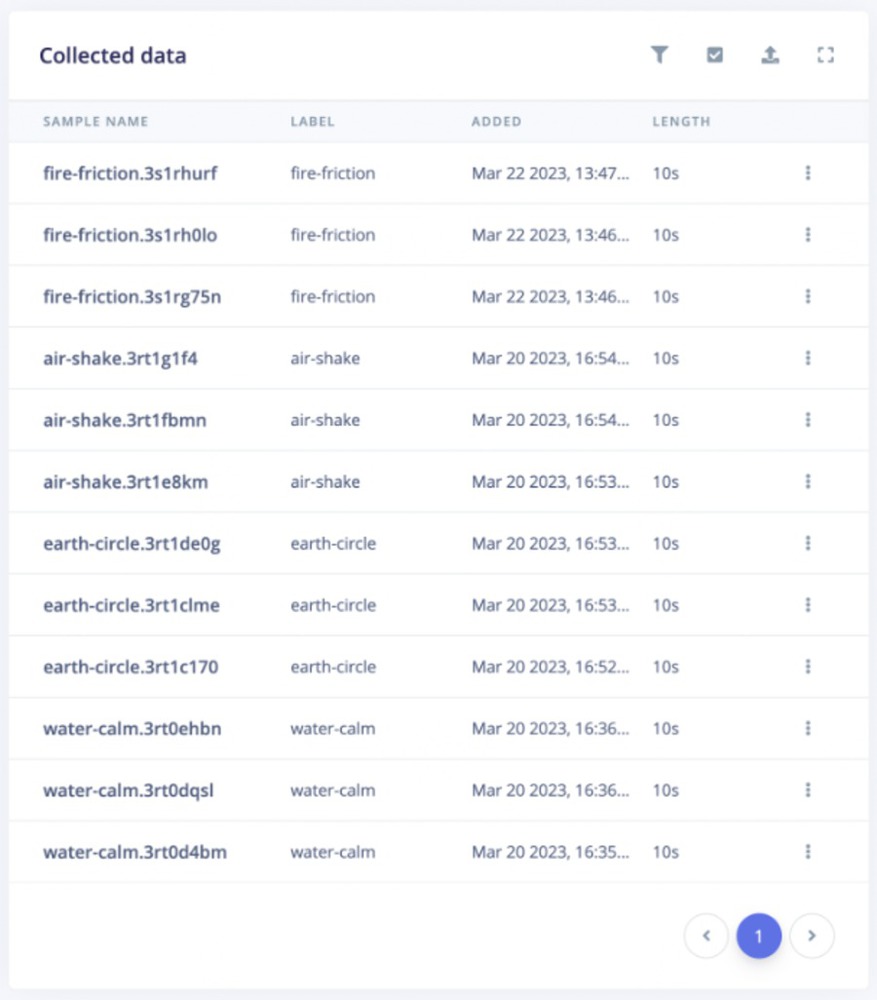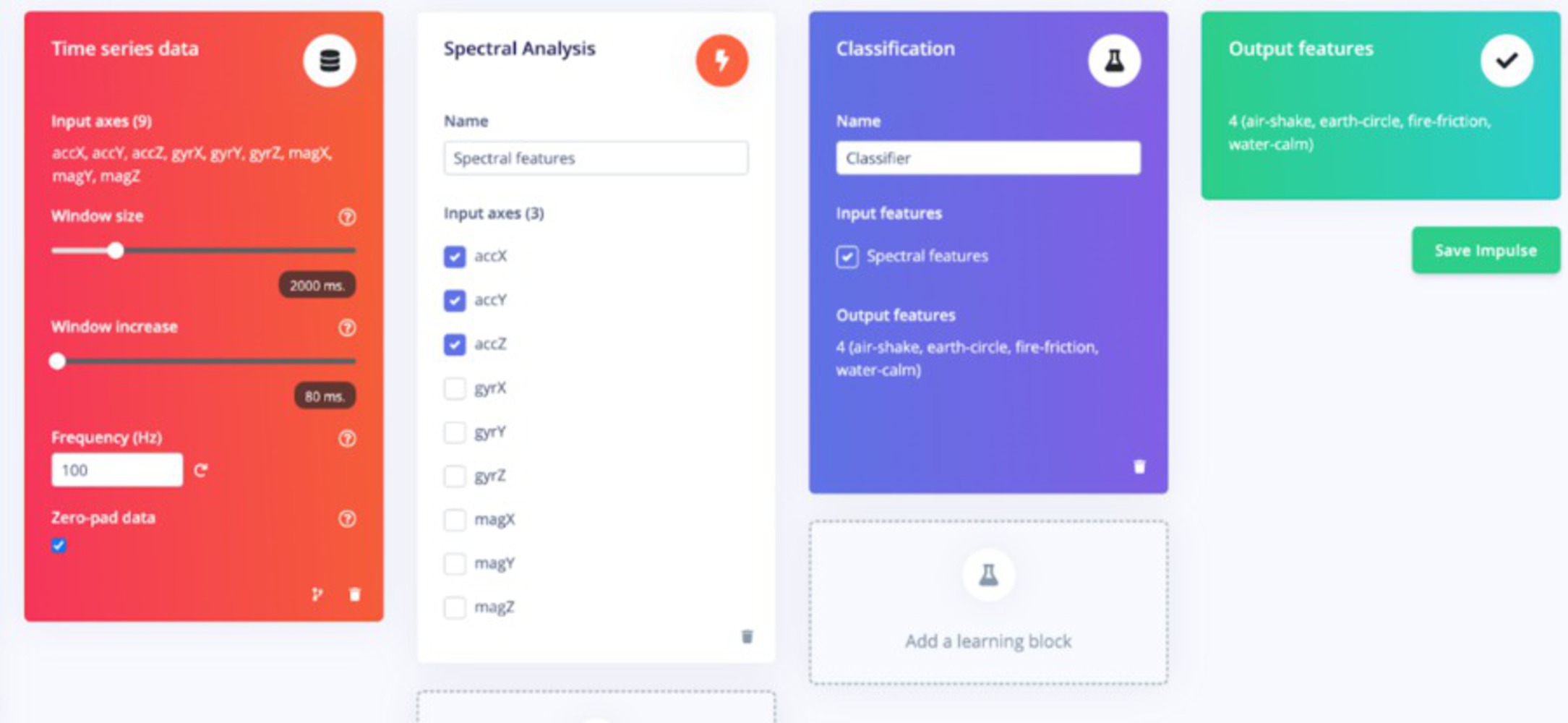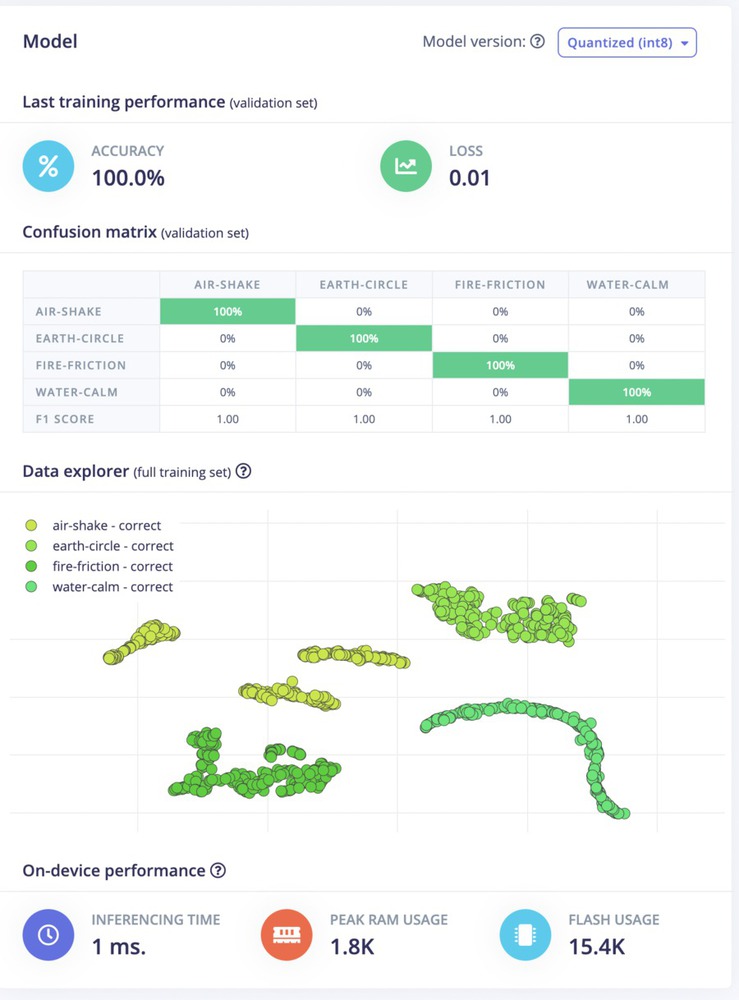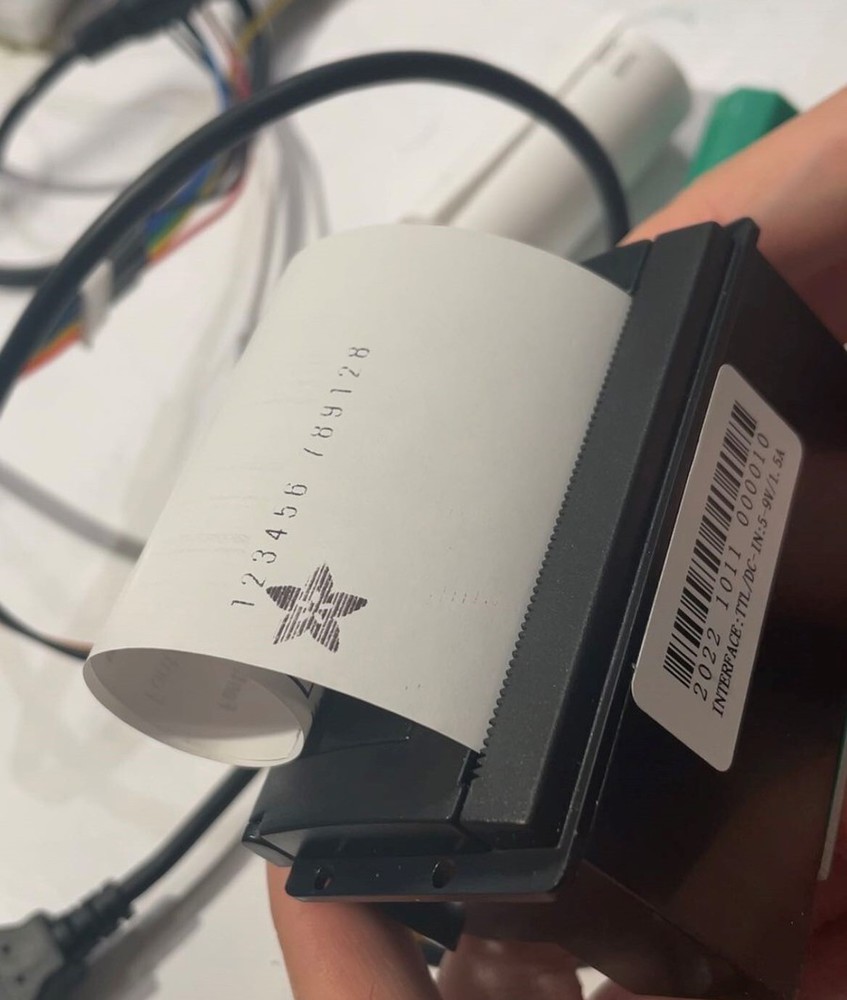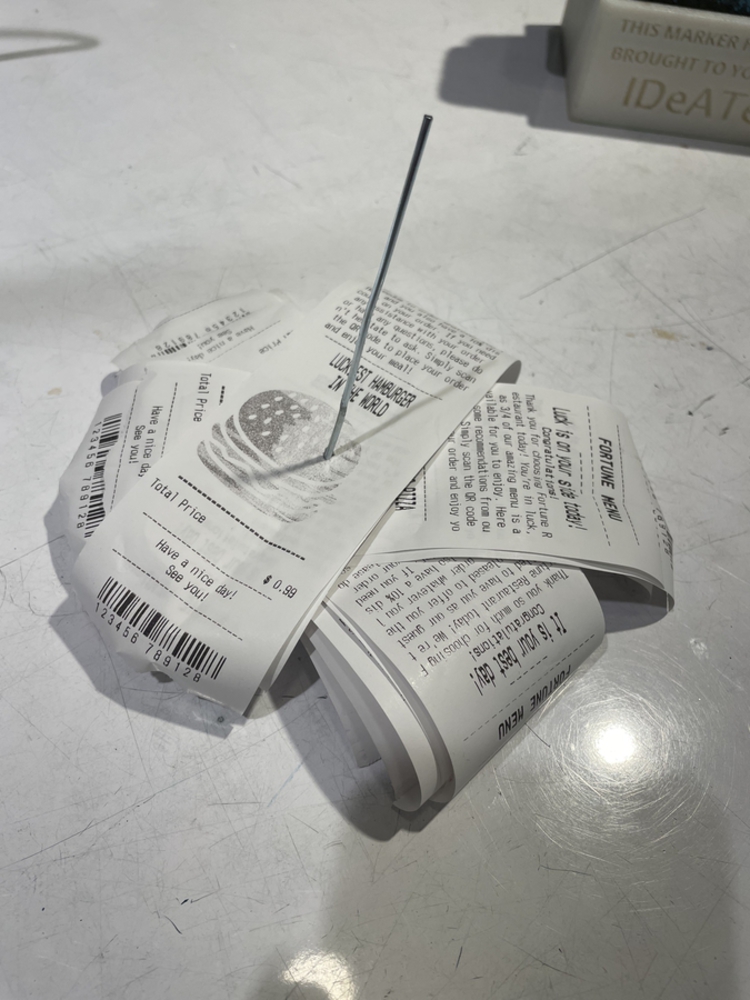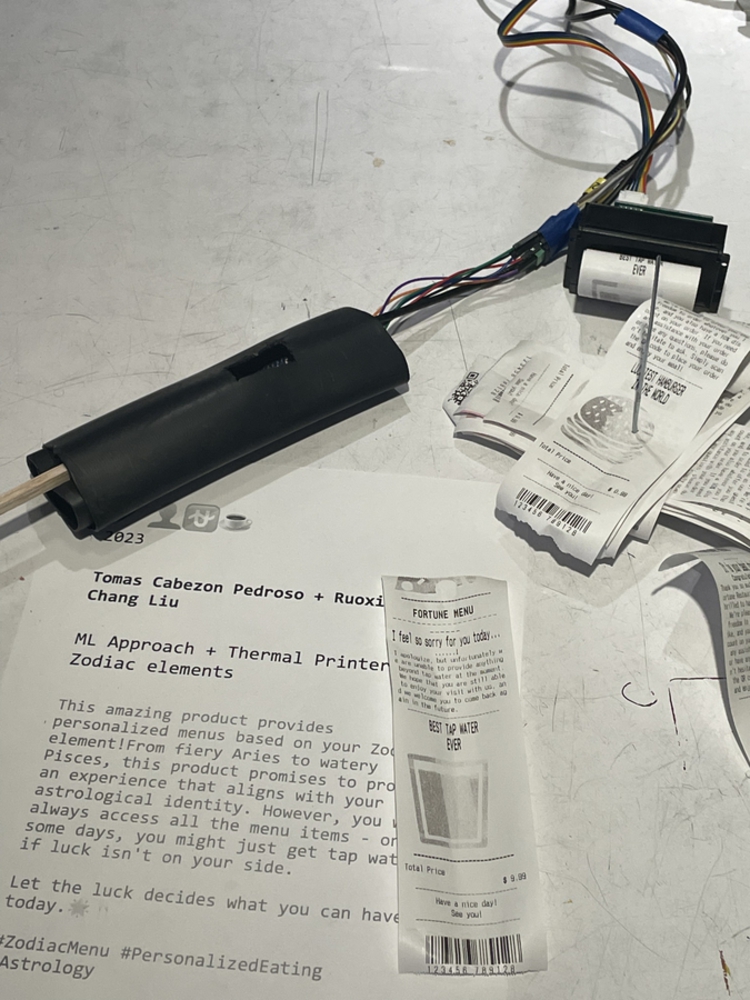Intent
Our initial goal was to create a unique dining experience that offers a personalized menu based on the fortune of the day. Since we all share an interest in astrology, we linked zodiac signs with fortune to generate different interactions with dining experiences.
Our inspiration came from Chinese fortune sticks used in temples. People shake a box to get a stick with characters that correspond to a roll of paper that explains their fortune. With access to the IMU, which captures object motion, we opted for using sticks with different wave techniques. The thermal printer made things easier as it can mimic restaurant receipts. By combining these elements, we classified the level of fortune by zodiac sign and assigned different menus for each level of fortune. This is how we came up with the idea for a special fortune restaurant and fortune menu.
